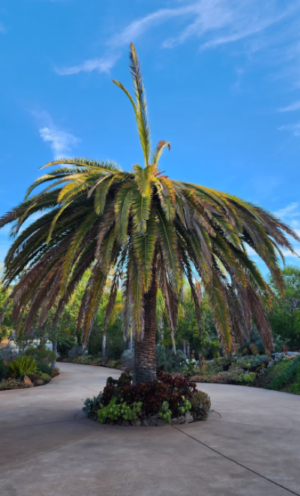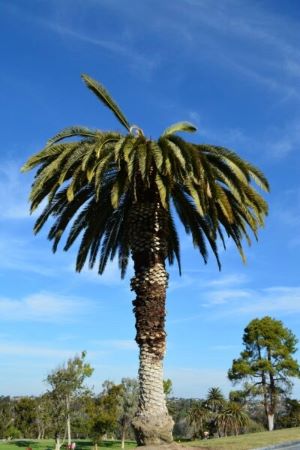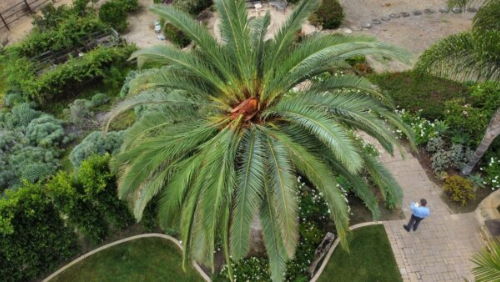South American Palm Weevils (Rhynchophorus palmarum) are destructive palm pests known for attacking palms in their native areas of South America, Central America, Mexico and the Caribbean. It’s now becoming an established palm pest in San Diego county.
In December of 2010, there were reports of dying Canary Island palms in Tijuana, Mexico. Examination found the palms to be infested with Rhynchophorus palmarum a.k.a the South American Palm Weevil (SAPW).
In 2011, the SAPW was first detected in San Diego county, near the Tijuana border area of San Ysidro, California and was officially confirmed on May 9th by the USDA with several other detections taking course over the next few months.
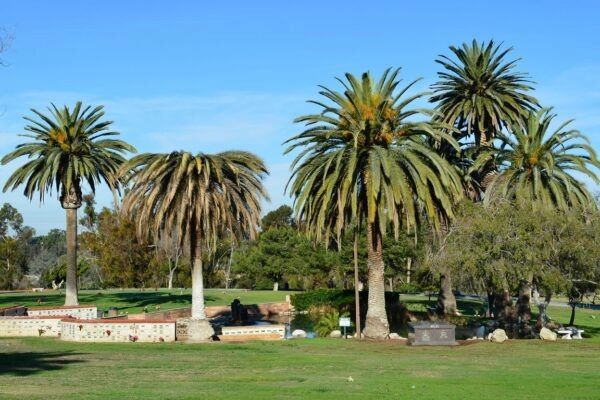
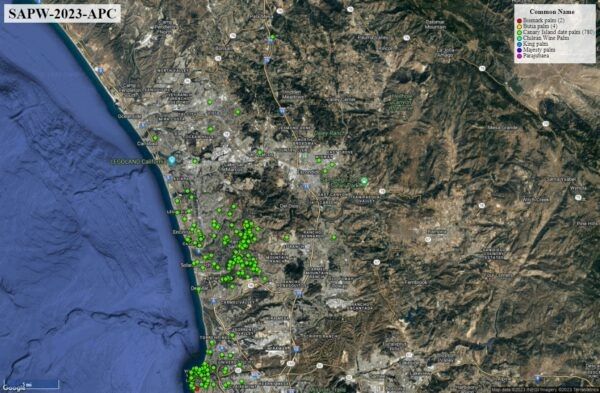

As of January 2023, the South American Palm Weevil is active throughout most of San Diego County and killing Palms along the way as far north as the 78 Highway. There have been confirmed palm deaths as far north as: Carlsbad, Vista, San Marcos and Escondido. Monthly monitoring stations in Carlsbad and San Marcos are showing consistent adult palm weevil activity throughout the year.
The communities of Encinitas, Solana Beach, Del Mar, Rancho Sante Fe, Fairbanks and Carmel Valley are currently the most northern “hot zones” in the county of San Diego. Communities south of the “hot zone” where SAPW is now well established, are seeing many tragic palm deaths throughout these areas as well.
Currently the most susceptible and targeted hosts are the Canary Island Date Palms (Phoenix Canariensis). Other species that have confirmed SAPW death include: Bismark Palm, Butia Palm, Chilean Wine Palm, King Palm, Majesty Palm and Parajubaeas. Dactylifera Date Palms (Phoenix Dactylifera), California Fan Palms (Washingtonia Ilifera) and Mexican Fan Palms (Washingtonia Robusta) may also be potential targets for this destructive pest.
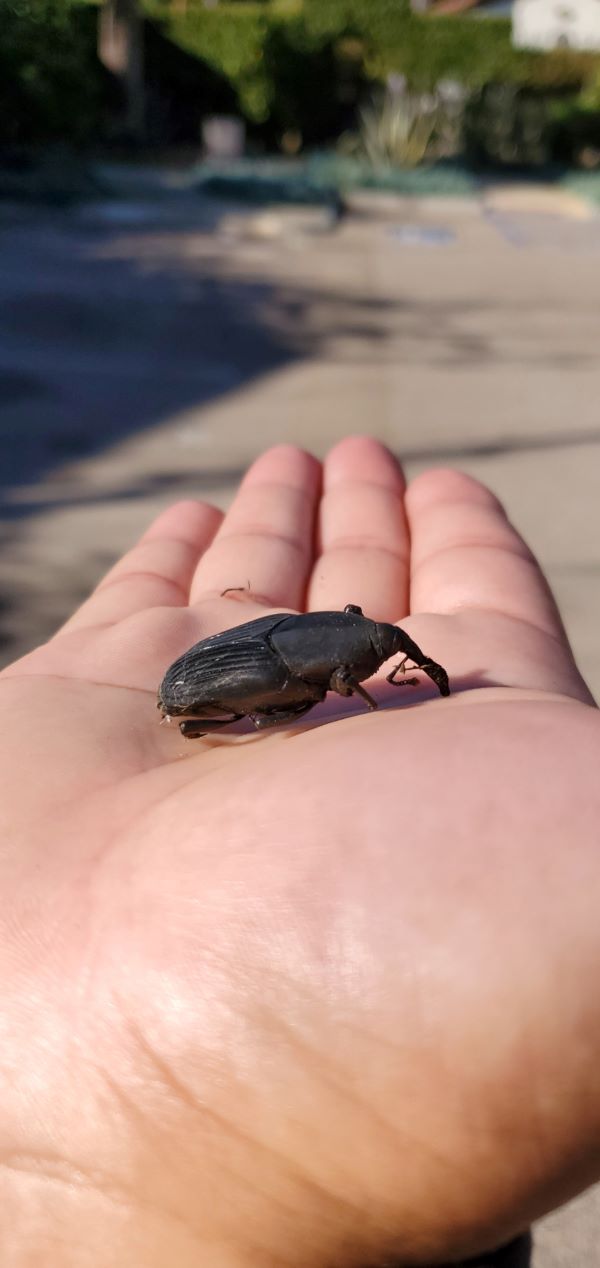
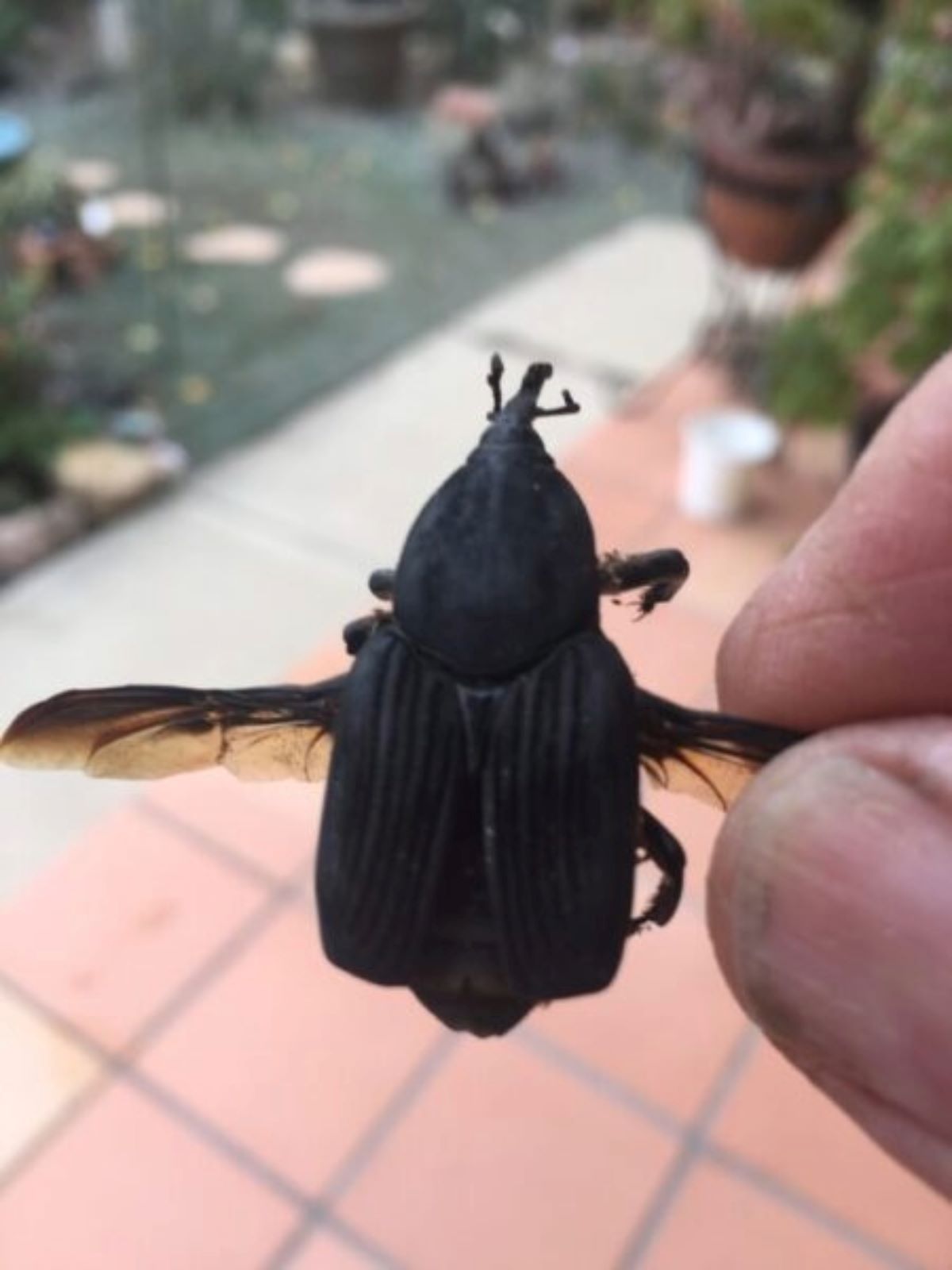
South American Palm Weevil: what exactly does it do?
The established presence of the SAPW in our Southern California region only increases the importance of knowledge and understanding of the movement and damage/death rate caused by this pest.
The long-nosed weevils are pests that utilize their snouts as drills to enter a Palms meristem. Once a male weevil finds a suitable palm, it feeds on the meristem which emits a pheromone to attract a female counter part, the kairomones produced by wounds on the healthy or stressed palm create a foul smelling odor further attracting adult SAPWs. The female then lays her eggs in the snout drilled tunnels providing a protective environment for the larvae to develop and feed on the tissue of the palm from the inside out.
Once big enough larvae will feed on the crown of the palm destroying its meristem tissue. The larvae will spin cocoons from the leftover palm fibers they cannot eat, causing the trees fronds to starve and die. This feeding by the larvae in the crown of the palm causes significant damage to the apical meristem and internal tissues which leads to its inability to produce new fronds resulting in the death of our iconic palms.
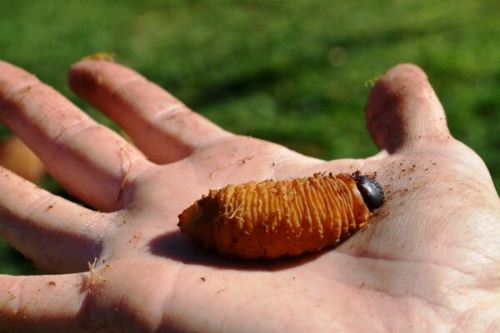


infected canary palm from ground view

entry holes at base of fronds

missing meristem view from top of the palm
Signs and Symptoms
SAPW is often difficult to detect in early stages of infestation. The top or center leaves of the canopy will typically appear cut off or missing in an early symptom stage. There will be signs of reduced growth of new leaves in the center of the canopy causing it to appear depressed or flat.
The center of the canopy which is often difficult to view from ground level can be seen with our drone technology. Infested palms will often show a progressive lightening / wilting of the foliage. The infestation that occurs at the leaf bases can show signs of tunnels or grooving which are often filled with cocoons from larvae. The tunnels appear as holes where they travel from one leaf base to another. Larvae bore into the trunk and can completely destroy the internal tissue of a palm in as little as 6 weeks.
Once established in the center leaves they will move into the apical meristem resulting in death/collapse of the center leaves and future growth. The normally upright fronds will begin to tilt and collapse. Fronds often droop or turn brown in color, because the structural damage is at the leaf base area, the leaves will often collapse or fall easily.
The rot damage caused by feeding can be so severe that trunk tissue is compromised and the canopy can easily fall off. The destruction of internal tissues and apical meristem results in the death of the palm. Adult SAPW will then emerge and travel to other palms seeking their preferred habitat among the tightly packed palm leaf bases.

Above images show a Canary Palm with early signs of decline, treated right away with a contact crown spraying and soil systemic. The canary palm was showing early signs of decline by the missing meristem in the left photo. After 4 treatments in 3 month intervals the picture on the right shows old damaged growth and new healthy growth coming in.

For additional and updated information or questions about SAPW please visit the following websites:
Treatment and Management
With our weather, the SAPW has shown the ability to be active year round. Our studies have shown that the SAPW activity is the highest from March through November. In peak months of Summer, upwards of 200-250 Adult SAPW have been captured. Preventative insecticidal applications are recommended to be made every 3 months throughout the year. Insecticide treatments alone do not guarantee Palm survival. Please review the following information that we have found in our 7+ years of managing the SAPW:
- Canary Island date Palms are the preferred Palm, with the likelihood of other Palm species being attacked
- Treating the Palm with Systemic insecticides at 3-4 month intervals reveals the best results, showing about 97% survival rate
- Two step insecticidal treatments can be made if surrounding environment allows for a safe and proper application
- Having the ability to treat the crown (meristem) of the Palm where the SAPW is feeding is the most effective form of control
- Not treating the crown has shown a lesser ability to prevent new SAPW attacks
- Preventatively treating your Palm with systemic insecticides at 3-4 months will help keep your palm from being attacked
- If you are located in or near the “hot zones”, limit unnecessary pruning or cuts to a palm
- If removal or pruning of a palm must be made, attempt to do so in late fall to winter
- Monitor, Monitor, Monitor and treat your palm
- Early detection symptoms are very hard to spot and commonly by the time you see that your palm is attacked, it can be too late
Applications should be made by a licensed and trained professional. Any additional questions or interest in getting your palm on a preventative program, please call or email our team via the link below

